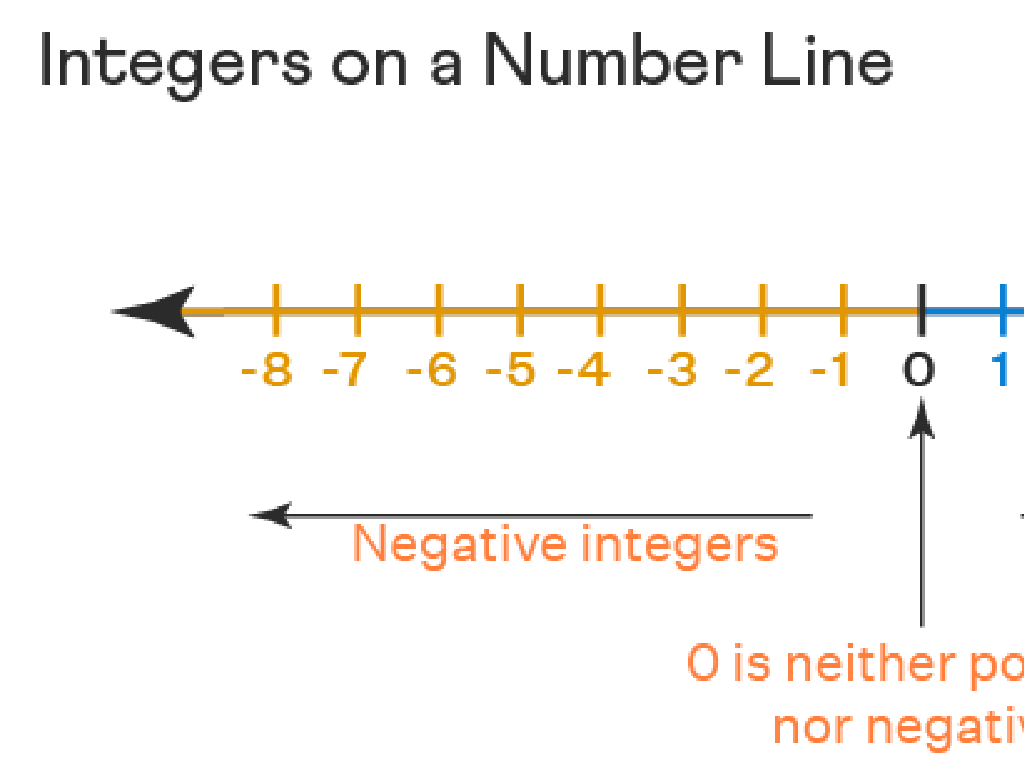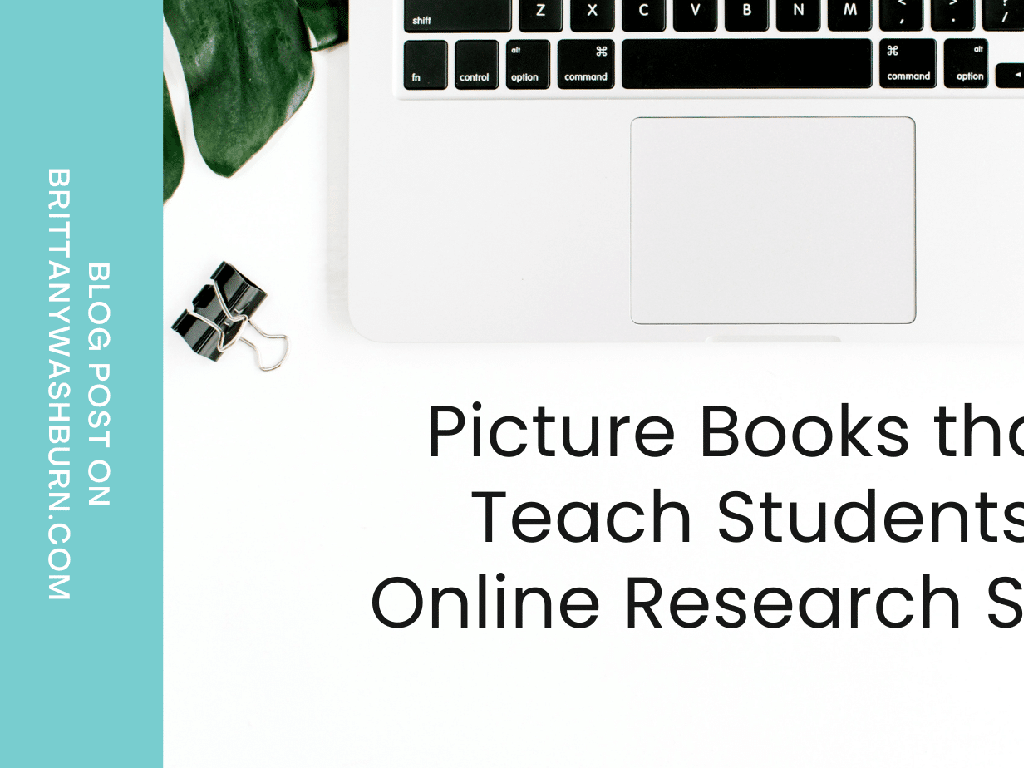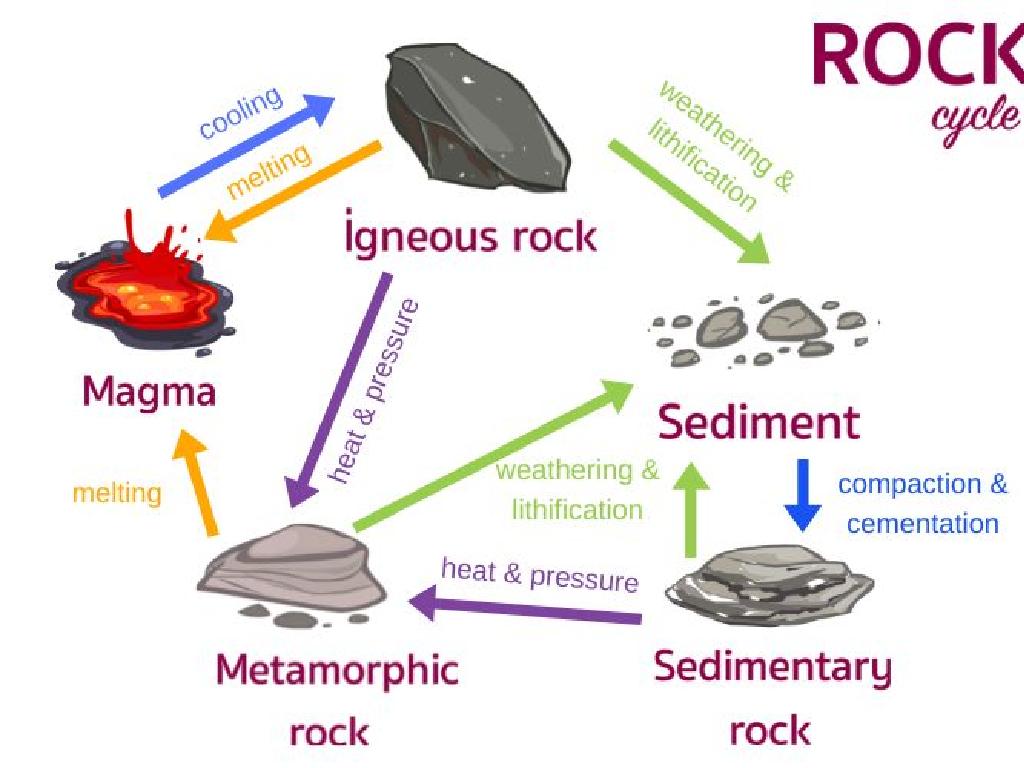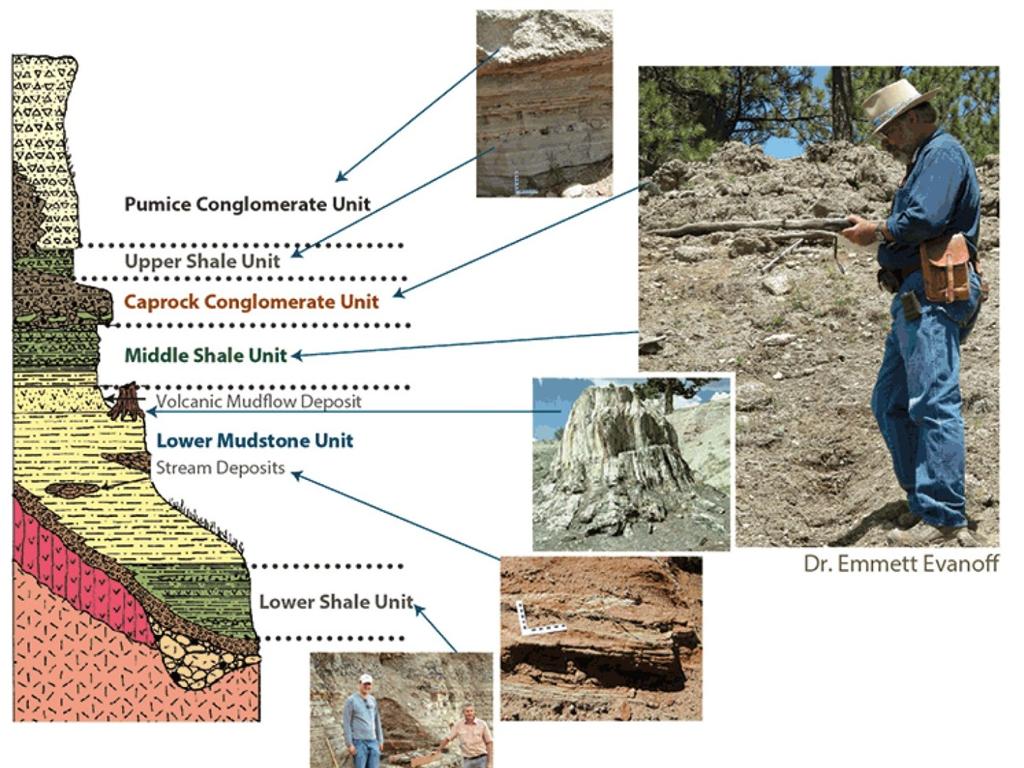Determine The Meanings Of Similes And Metaphors
Subject: Language arts
Grade: Fourth grade
Topic: Literary Devices
Please LOG IN to download the presentation. Access is available to registered users only.
View More Content
Today’s Adventure: Similes and Metaphors
– Similes compare with ‘like’ or ‘as’
– ‘As brave as a lion’ means very brave
– Metaphors show one thing is another
– ‘Time is a thief’ suggests time steals moments
– Both create vivid images in writing
– They add spice to language
– Make writing more interesting and fun
|
In today’s lesson, we’re diving into the world of similes and metaphors key tools that writers use to create vivid and imaginative descriptions. Similes make comparisons using the words ‘like’ or ‘as,’ helping readers understand a concept by relating it to something familiar. Metaphors, on the other hand, describe something as if it were something else, providing a strong image in the reader’s mind. Both literary devices enrich language, making it more engaging and enjoyable to read. Encourage students to think of their own examples of similes and metaphors and discuss why these devices might be used in literature and everyday language.
Exploring Similes in Literature
– Similes compare using ‘like’ or ‘as’
– Example: ‘As busy as a bee’
– This means someone is very busy, just like bees are always working.
– Similes enhance imagination
– They paint vivid pictures in our minds.
– Understanding through comparison
– They make complex ideas easier to grasp by relating them to familiar things.
|
This slide introduces the concept of similes to the students. Begin by explaining that a simile is a figure of speech that compares two different things to highlight a specific characteristic. The words ‘like’ or ‘as’ are used to make the comparison. For example, saying someone is ‘as busy as a bee’ helps us understand that they are very active, drawing a parallel to bees which are known for their industrious nature. Similes are powerful because they can create strong images in our minds, making the description more vivid and memorable. They also help us understand new or complex ideas by comparing them to something we already know. Encourage the students to think of other examples of similes and discuss what qualities are being compared.
Understanding Metaphors
– Metaphor: a direct comparison
– Compares two things without ‘like’ or ‘as’
– Example: ‘Time is a thief’
– Time steals moments like a thief steals objects
– Decoding metaphors together
– Metaphors create vivid images
– Saying one thing ‘is’ another for strong imagery
|
A metaphor is a figure of speech that directly compares two different things by stating that one thing is the other. This creates a strong image in the reader’s mind, making the description more powerful and evocative. For example, saying ‘Time is a thief’ suggests that time steals moments from us just as a thief would steal valuables. Unlike similes, metaphors do not use ‘like’ or ‘as’ to make the comparison. During the class, work with students to decode the metaphor ‘Time is a thief’ by discussing what qualities time shares with a thief. Encourage students to think of other examples of metaphors and how they help to paint a more vivid picture in their minds.
Identifying Similes and Metaphors
– Spotting similes in sentences
– Similes compare two things using ‘like’ or ‘as’, e.g., ‘busy as a bee’
– Key words: ‘like’ or ‘as’
– Look for ‘like’ or ‘as’ to find similes
– Understanding metaphors
– Metaphors say something IS something else, e.g., ‘time is a thief’
– Direct comparison in metaphors
– No ‘like’ or ‘as’, just a straight comparison
|
This slide aims to help students differentiate between similes and metaphors, which are both important literary devices used to create vivid imagery and comparisons in writing. Similes use ‘like’ or ‘as’ to compare two different things, making it easier for readers to visualize and understand the writer’s idea. Metaphors, on the other hand, make a direct comparison without using ‘like’ or ‘as’, often implying a deeper or symbolic resemblance. Encourage students to practice by identifying similes and metaphors in their favorite books or poems and to try creating their own. This exercise will enhance their comprehension and appreciation of literature.
Practice Time: Exploring Similes and Metaphors
– Find similes and metaphors together
– Similes use ‘like’ or ‘as’ to compare, metaphors do direct comparison
– Read a paragraph and highlight devices
– Look for phrases that paint a picture by comparing things
– Discuss the author’s reasons
– Think about what feeling or image the author is trying to convey
– Share findings with the class
|
This slide is designed for an interactive class activity. Students will work together to identify similes and metaphors in a given paragraph. The teacher should provide a paragraph rich in literary devices beforehand. After identifying the similes and metaphors, students will discuss with a partner why the author might have chosen to use these specific devices, considering the imagery and emotions they evoke. This exercise helps students understand the purpose behind using literary devices and enhances their interpretive skills. The activity concludes with students sharing their insights with the class, fostering a collaborative learning environment.
Create Your Own Similes and Metaphors
– Write a simile about your favorite animal
– Use ‘like’ or ‘as’ to compare, e.g., ‘as brave as a lion’
– Craft a metaphor about your favorite animal
– Describe your animal by saying it ‘is’ something else, e.g., ‘a cuddly bear’
– Share with the class
– Explain your comparisons
– Tell us why you think your animal is like the simile or metaphor you chose
|
This activity encourages students to apply their understanding of similes and metaphors by creating their own. Remind them that a simile compares two things using ‘like’ or ‘as,’ while a metaphor states that one thing is another. This will help them grasp the concept of figurative language. Provide examples to inspire them, such as ‘My dog is as fast as a cheetah’ or ‘My cat is a shadow that moves silently through the night.’ Encourage creativity and personal connection to their favorite animal. During sharing, ask students to explain their thought process, which reinforces their learning and understanding of similes and metaphors.
Class Activity: Simile and Metaphor Hunt
– Let’s hunt for similes and metaphors
– Work in groups to find examples
– Use books from our class library
– Share and explain your findings
– How do these literary devices make the story more interesting?
|
This activity is designed to help students recognize and understand similes and metaphors in literature. Divide the class into small groups and assign each group to find examples of similes and metaphors in books available in the class library. Once they have found their examples, each group will present them to the class, explaining the meaning of each and discussing how they add depth to the story. For the teacher: Prepare a list of books that contain clear examples of similes and metaphors. Guide the students on how to differentiate between the two. Possible activities could include drawing their own interpretations of the similes and metaphors, creating a simile and metaphor wall with their findings, or writing their own short stories using these literary devices.
Reflecting on Similes and Metaphors
– Importance in writing
– They add beauty and expressiveness to text
– Understanding the author’s message
– They create vivid imagery to convey deeper meanings
– Share your learning
– Discuss an interesting point
|
As we wrap up today’s lesson, emphasize to students how similes and metaphors enrich writing by making it more engaging and painting a clearer picture in the reader’s mind. They help readers understand and feel the author’s message on a deeper level. Encourage students to reflect on what they’ve learned about these literary devices and to think about how they can use them in their own writing. Ask each student to share one new thing they’ve learned about similes and metaphors and one aspect they found particularly interesting. This reflection helps consolidate their understanding and allows them to appreciate the beauty of language.






